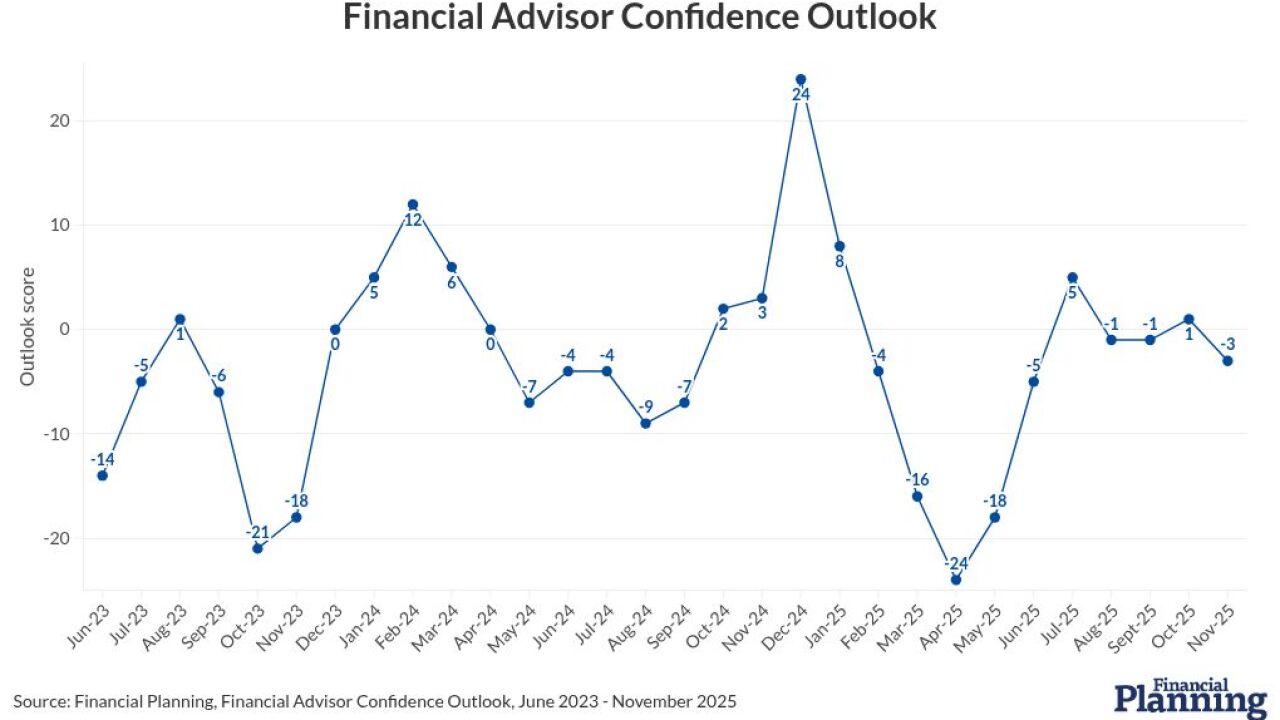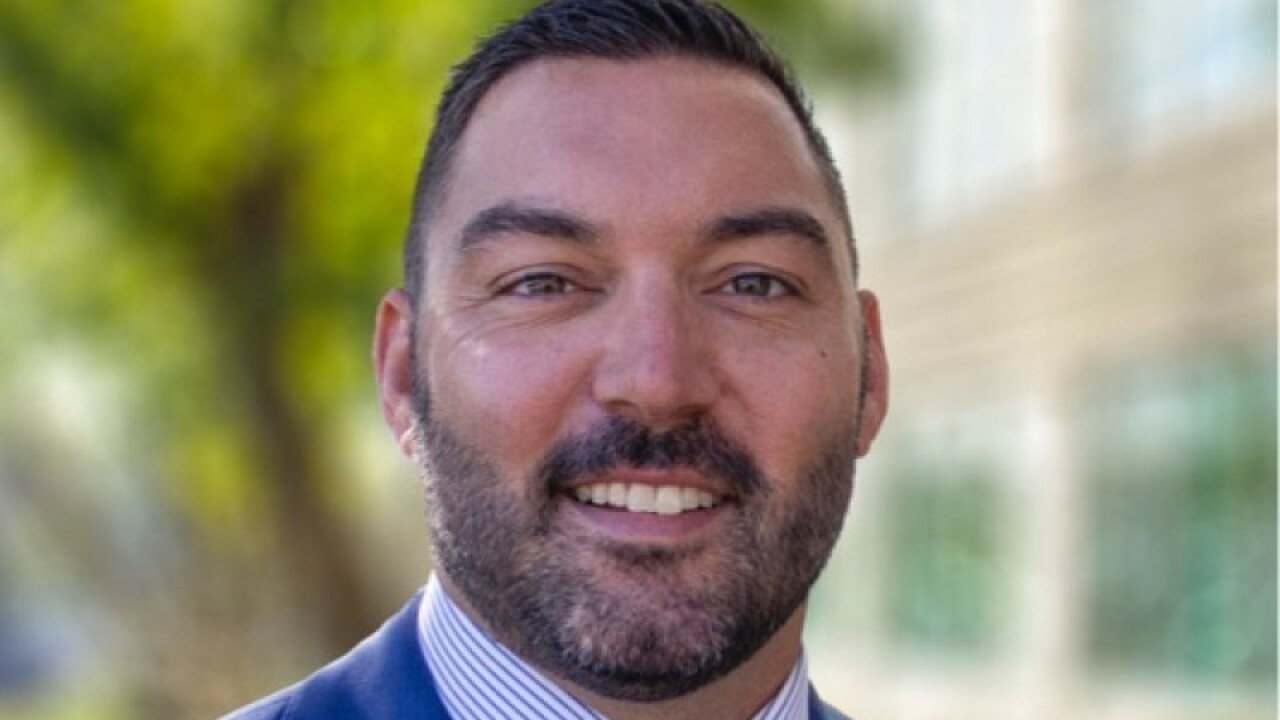
If you’re like many advisors, talking about insurance may not be your favorite part of the job. Clients don’t love it, either: Insurance is just not as inherently exciting as discussing how to grow their portfolios.
Meanwhile, purchasing decisions can seem numbingly complex. In spite of some standardization, policies are anything but comparable in what is covered, and they can be packed with exclusions and complex terms — not to mention differences in the financial stability of the insurance company.
To complicate matters further, insurance companies often offer discounts for bundled policies such as auto, property and life. This makes it harder to switch since moving a single policy may be economically unfeasible.
To make it easier to navigate the insurance market, planners should remember a few guiding principles.
THREE GUIDELINES
First and foremost: Keep insurance and investing separate. The role of investing is to grow clients’ assets so that they meet their financial goals and ultimately gain financial independence. The role of insurance is to protect those assets, including the human capital.
Keeping these roles in mind is critical to the risk management process. Mixing the two, however, by building wealth with insurance typically leads to unnecessary expenses.
Second: Insure only for what the client cannot afford to lose, and self-insure for anything else. Keep in mind that insurers must cover costs and make a profit. Costs include commissions paid to agents as well as operating costs; even a mutual insurance company must make a profit to invest in new infrastructure.
For an insurer to make that profit, the premium paid by the client needs to be more than the likelihood of the event multiplied by the expected payout. This means, on average, that a client will lose on insurance — at least on an economic basis. (A client may buy a 30-year term life policy for which the expected payout is greater than the 30 years of premium, for instance, but the insurance company benefits from the use of those funds over time.)
Here’s an extreme example of when to self-insure: those $30 extended one-year warranties on $100 gadgets. Even if the gadget were to break one day after the warranty expired, the client could probably get a year-old version on eBay for, say, around $50. The client would be out only a net $20 by self-insuring. (A more common example of self-insuring might be forgoing collision insurance on a 10-year-old jalopy.)
Finally: Be sure to fight inertia and shop around. Because insurance can be such a big-ticket item, comparison shopping often pays. Bear in mind that insurers are allowed to base their prices on such data as FICO scores, since they can actuarially show that higher scores lead to lower claims. A client with high credit scores might save a bundle by finding an insurer hungry for his business.
To think strategically about the insurance that clients do need, it helps to divide the task into three basic categories of protection:
- Insure income through life and disability insurance.
- Insure assets through liability insurance, such as auto, home and umbrella policies.
- Insure against unmanageable expenses with health or long-term care insurance.
PROTECTING INCOME
Clients’ human capital is their total expected earnings over a career. For example, a 35-year-old making an after-tax income of $100,000, and increasing by 3% annually, would expect human capital of about $4.75 million over the next 30 years.
But that same client doesn’t necessarily need this much life and disability insurance. Rather than use a rule of thumb like 10 years of income, what really matters is protecting the lifestyle of the family. If the family is frugal and lives on an annual budget of about $50,000 and the other spouse works, this person may need only $500,000 in life and disability insurance. If the two spouses are financially independent, they may not need this insurance at all.
Additionally, the need to insure income typically decreases over time. Human capital gets depleted as people age, because they have fewer working years ahead. In most cases, it makes little sense to keep paying disability insurance when clients are in their early 60s if the benefits are going to stop at age 65.
The issues can get a bit more complex, however, on a level term policy. Say both members of a couple have a term life policy and are 60 years old. Having done sound financial planning, they are financially secure and retired. They no longer have a need for such insurance but, if they have a level term policy, they may want to keep it. That’s because the premium paid has a greater payout expectancy each year. A $1,000 premium has a much greater expected annual benefit at age 60 than at 35. The case to keep the policy is even stronger if the client has a life-threatening health condition, of course.
INSURING ASSETS
As they age, clients should be converting human capital to financial capital. They probably own larger houses and portfolios that they want to protect against disasters or lawsuits. If the clients’ house burns down or if one of them injures or kills a child in an automobile accident, a lifetime of asset accumulation could be wiped out, so having the right insurance can help to protect assets.
Fortunately, the likelihood is low that catastrophic events will occur, so the cost of insuring for them is typically reasonable.
The principle of self-insuring is still important, however. Higher deductibles are a type of partial self-insurance. If, for example, the client can save $400 annually by raising the deductible by $1,000, then the maximum loss the client would incur is $600 — the $1,000 higher deductible less the $400 savings — and by the third year without a claim, the client has already come out ahead.
Similarly, even if clients have a low deductible, it may not pay for them to make a claim when the payout would be small and reporting the loss would increase future premiums.
Protecting assets from lawsuits is also critical. Rather than trying to get this protection through expensive whole life policies, consider getting a low-cost umbrella policy.
How much umbrella liability is needed is something of a judgment call. The rule of thumb is to have an umbrella liability policy equal to the client’s net worth, but that’s debatable since a client with a $2 million in assets can still be sued for $5 million. One of my clients is a professional athlete and is more likely to be sued, for instance, since the suing party would assume he had a high net worth; for him, a very high amount of coverage is appropriate.
CONTROLLING EXPENSES
Health insurance is a necessity. For one thing, the costs are sky-high: A heart transplant, for instance, could potentially cost over $1 million. And beyond the expected payout, managed care policies such as PPOs and HMOs also offer lower contracted rates with health-care providers. Thus, even a billionaire could benefit by having health insurance since it’s really a combination of insurance and discounted rates.
Having been a corporate officer at two health care insurance companies, I know that there is nothing simple about selecting a plan. The analysis varies depending upon whether it is employer-sponsored or an individual policy. The new health care laws have simplified that a bit.
As a general rule, a healthy family should pick a higher deductible plan because they can expect high savings with the partial self-insurance. This may not have been true before the Affordable Health Care Act, as a family buying an individual $12,000 high-deductible health savings account would be stuck paying that amount annually for decades if a family member developed a condition that required expensive treatment. Now, however, the family could change to a plan with a richer benefit in the next year’s open enrollment.
Perhaps the most difficult decision is long-term-care insurance: Expenses can clearly be high, and the premiums are anything but certain. When this was a relatively new product, insurance companies underpriced policies; as a result, many consumers are now seeing their premiums increase significantly. And some companies are exiting the business entirely.
While coverage remains a judgment call, I typically recommend either full or partial self-insurance, with partial self-insurance involving a lower daily benefit and a longer waiting period before the benefit begins — meaning the client may pay for the first 90 days.
I also remind clients that some of their costs (car maintenance, travel) will decline if they go into nursing care. For some clients, overall spending will actually fall.
Keeping some relatively simple principles in mind will help clients choose the right amount of insurance at the best price. It’s always a trade-off between the cost of insurance, the impact of a loss and the probability of such a loss. FP
Allan S. Roth, a Financial Planning contributing writer, is founder of the planning firm Wealth Logic in Colorado Springs, Colo. He also writes for CBS MoneyWatch.com and has taught investing at three universities. Follow him on Twitter at
Read more:





